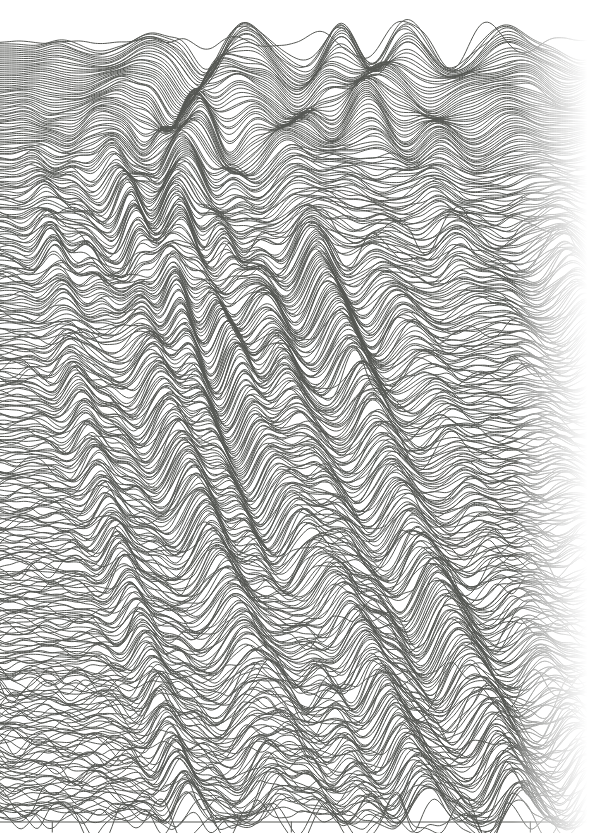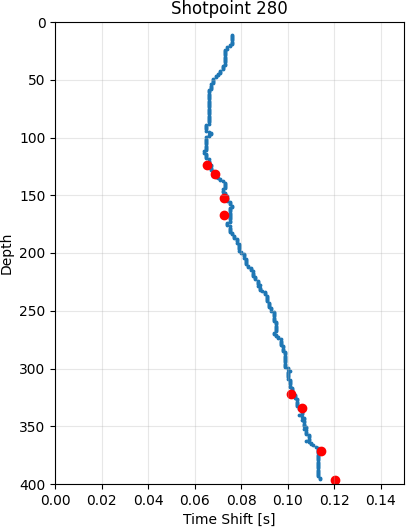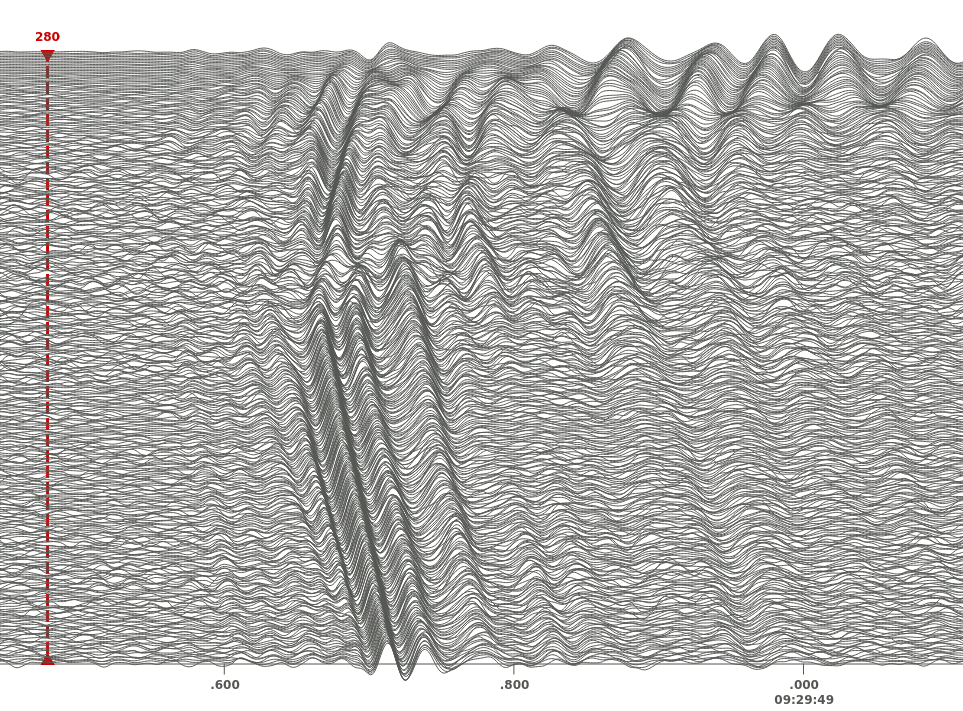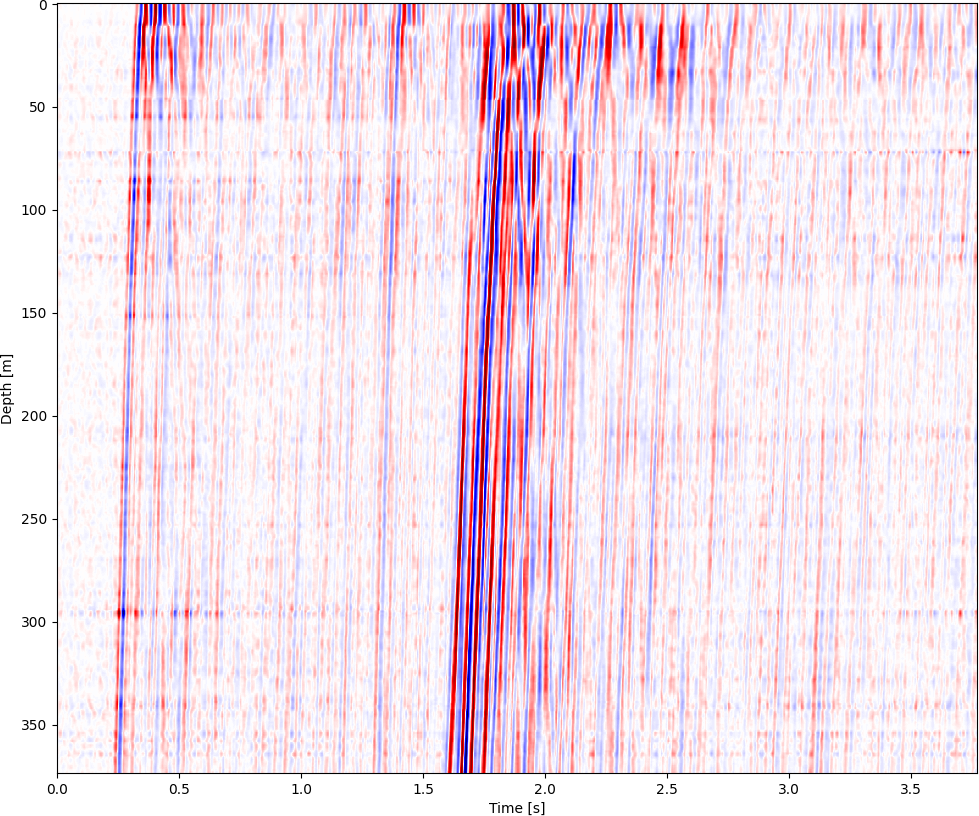Marius Paul Isken1,2, Torsten Dahm1, Sebastian Heimann2, Christopher Wollin1, Matthias Ohrnberger2, Thomas Reinsch3, and CharLotte M. Krawczyk1,4
1GFZ German Research Centre for Geosciences, Potsdam, Germany
2University of Potsdam, Geosciences, Geophysics, Potsdam, Germany
3Fraunhofer IEG, Fraunhofer Research Institution for Energy Infrastructures and Geothermal Systems, Bochum, Germany
4Technical University Berlin, Institute for Applied Geosciences, Berlin, Germany

Vogtland, Germany · Volcanic swarm early 2021
Experiment Setup

Borehole
- ICPD Eger, 400 m deep
- Tight buffer single-mode fiber behind casing
- VSP to 400 m distance, with a dropweight 350 kg
Instruments
- Silixa iDAS ver. 2
- Gauge length 10 m
- Channel offset 1 m
- Battery powered
- Co-located Geophones
- 1 kHz sampling rate
VSP Shot Signal
Top DAS: Low SNR · Narrow signal band (10 - 60 Hz)
VSP Shot Spectra
DAS: Low SNR · No anti-aliasing filter?
Traveltime picking for tomography


Automatic VSP travel time picking based on cross-correlation (Lerbs et al., 2021)
ML1.1 Earthquake (local)

9 km distance · steep incidence · surface reflections
MW4.0 Earthquake (regional)

>350 km distance · horizontal incidence
Challenges
- Reflection at beginning of fiber, loss of power
- Remote acquisition powered by batteries
- Costly conversion of large data sets (idas-convert)
Outlook
- Pyrocko support for DAS data
- Integration of DAS into automatic earthquake detection and localisation (Lassie)
Thank you!
Appendix

Strong reflection before borehole.